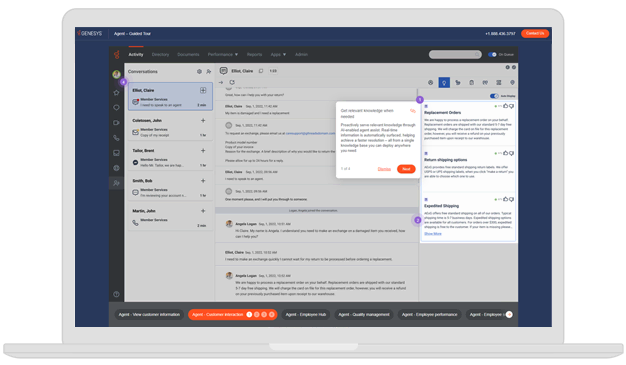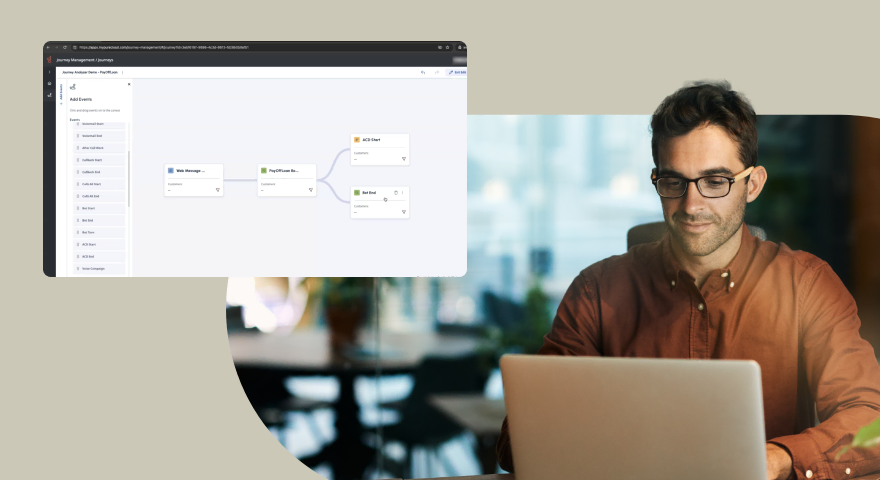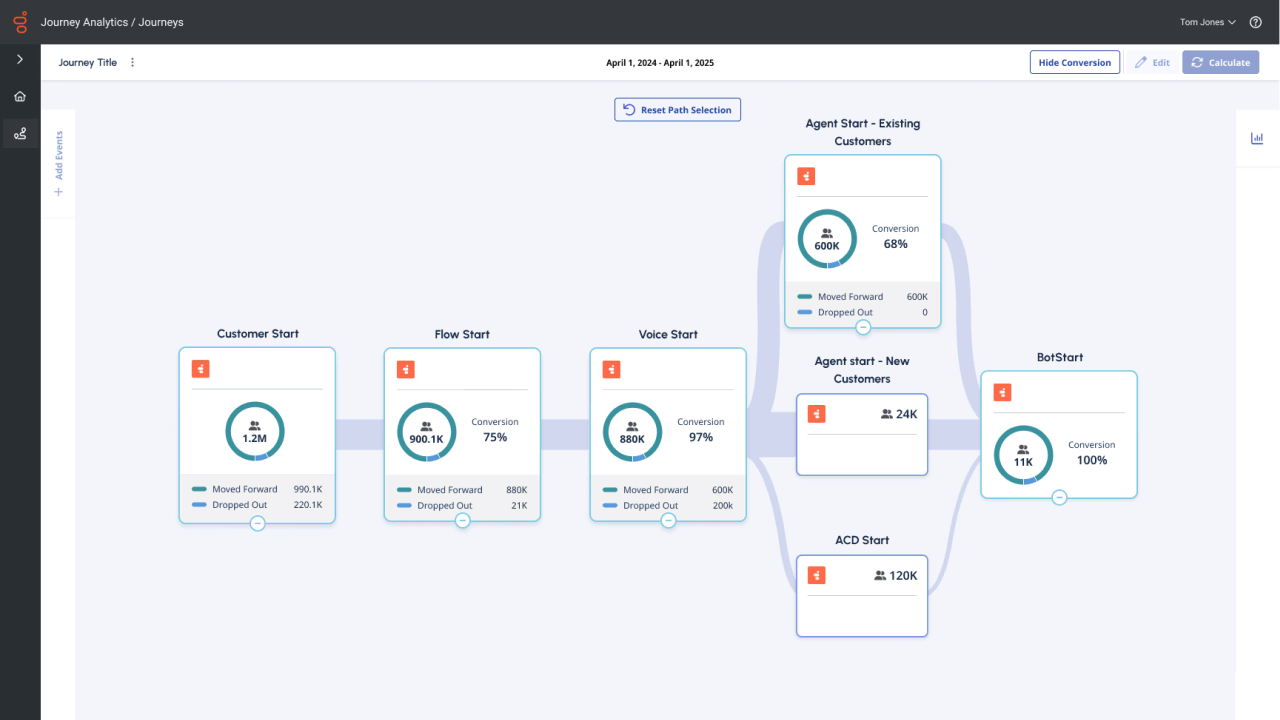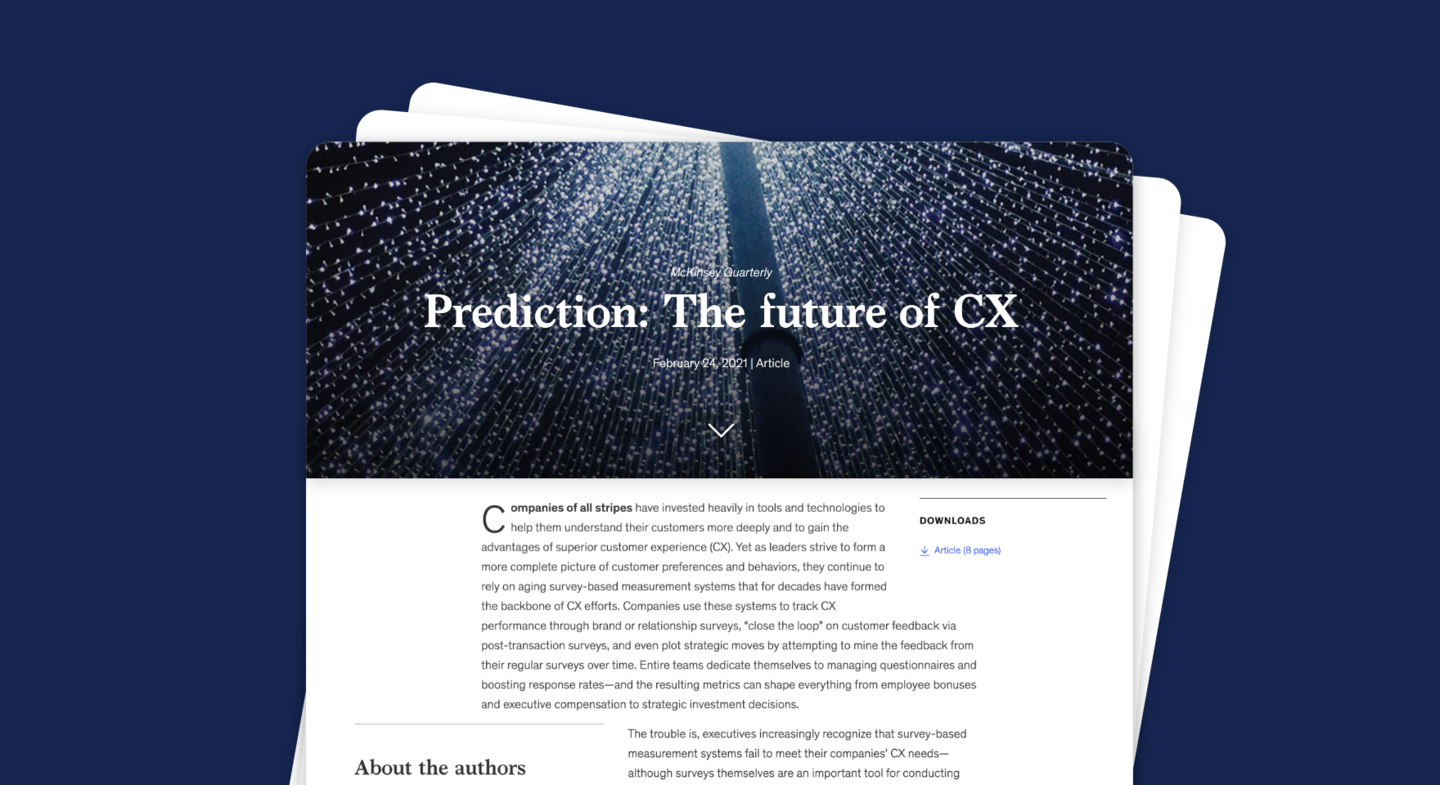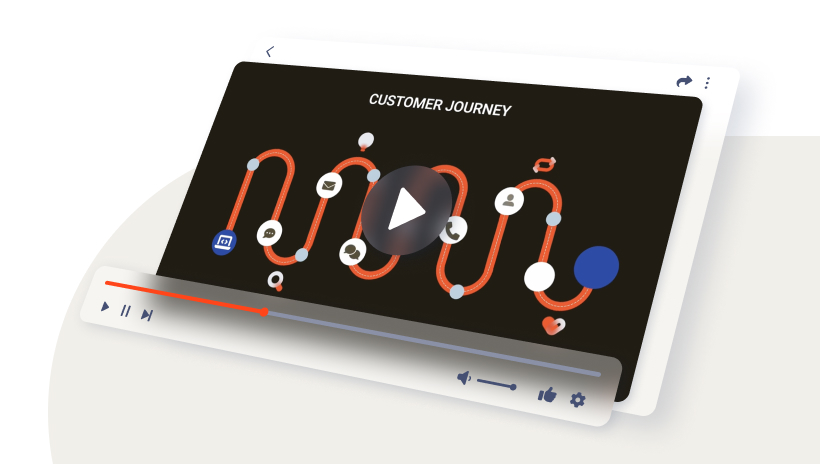Customer journey mapping and customer journey analytics are two separate concepts that work together to help customer experience experts build better customer journeys. First we should define each concept, then we can talk about how they interact.
Customer journey mapping is the process of visually depicting a typical customer journey. A proper customer journey map requires you to identify every touchpoint that a customer might have with your brand. Then you determine how they fit and flow together and use that data to build a literal map of those touchpoints. This gives you an easy way to see how smooth or jumbled your journey is today, so points of friction can be ironed out.
Customer journey analytics is the process of gathering, organizing and examining data on your customers’ journeys. It allows you to better understand your customers’ needs, preferences and behaviors, which means you can serve them better. After all, the more you know about what’s happening now, the better you can iterate to improve what happens next.
Obviously, to properly map a customer journey, you need data. That’s how mapping and analytics work together. Analytics provides and interprets the data, and that data goes into your map to give you a tool to more easily adjust journeys to improve them.


